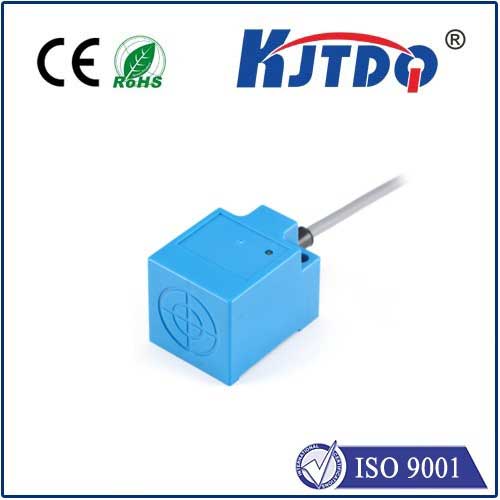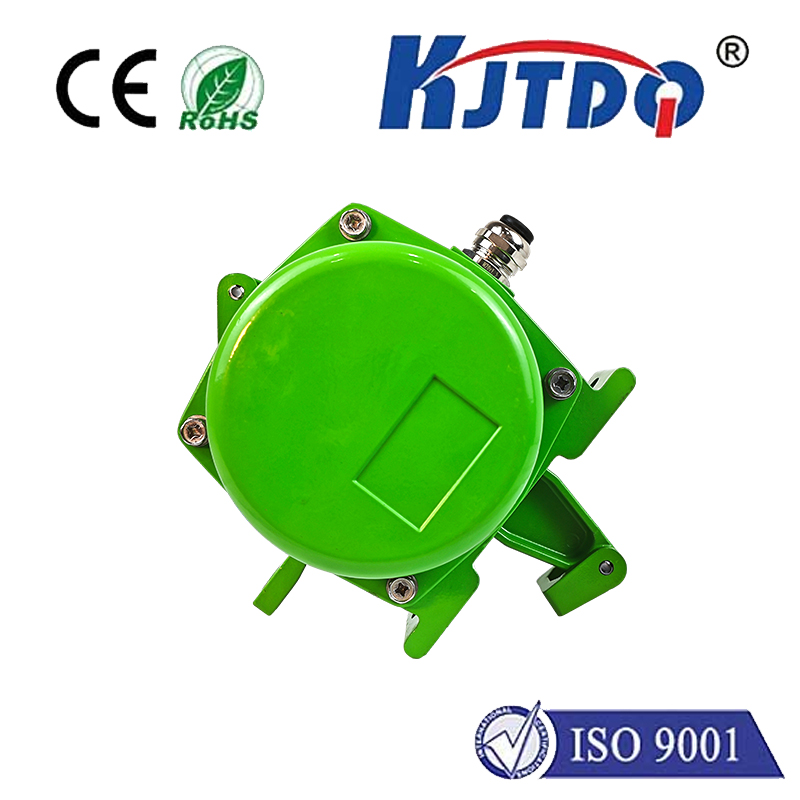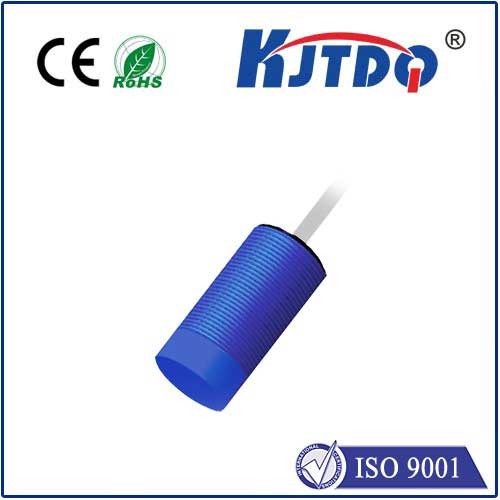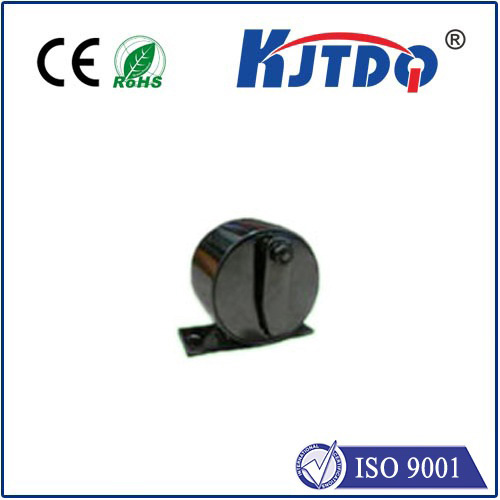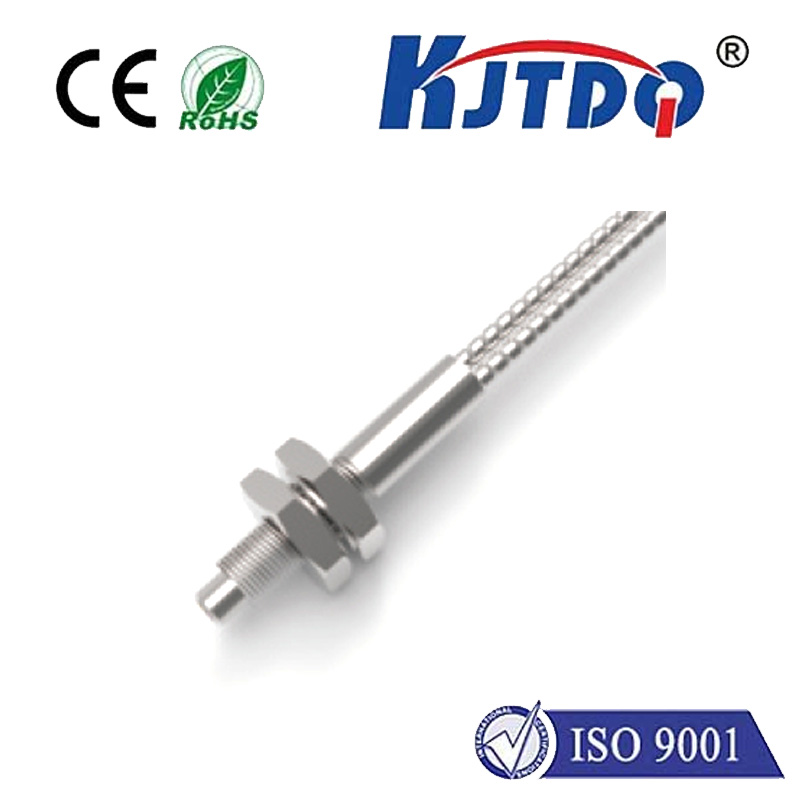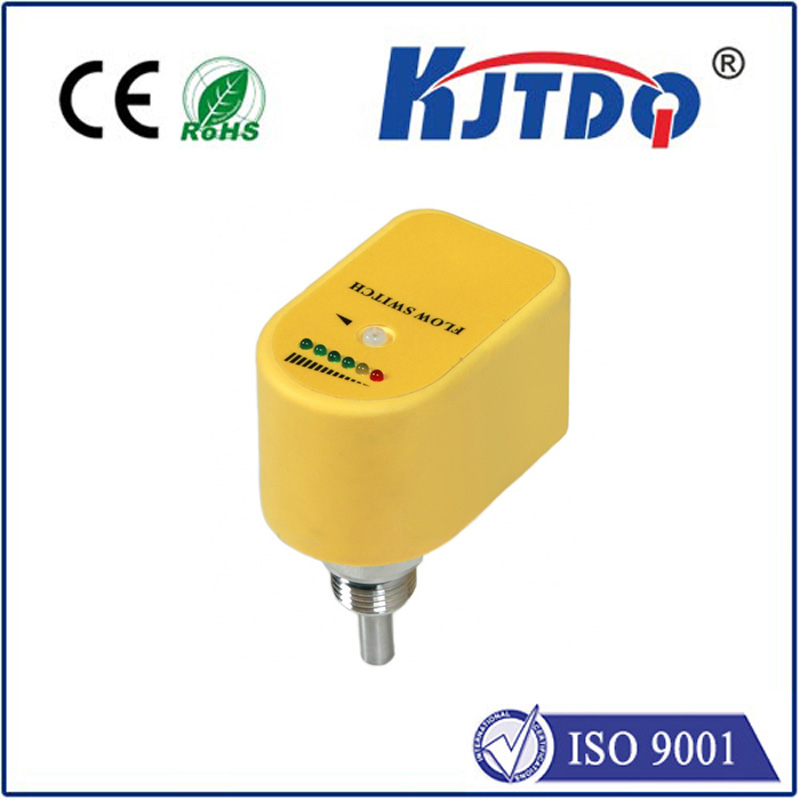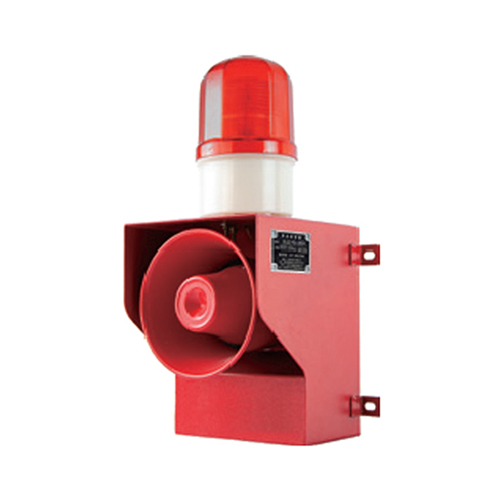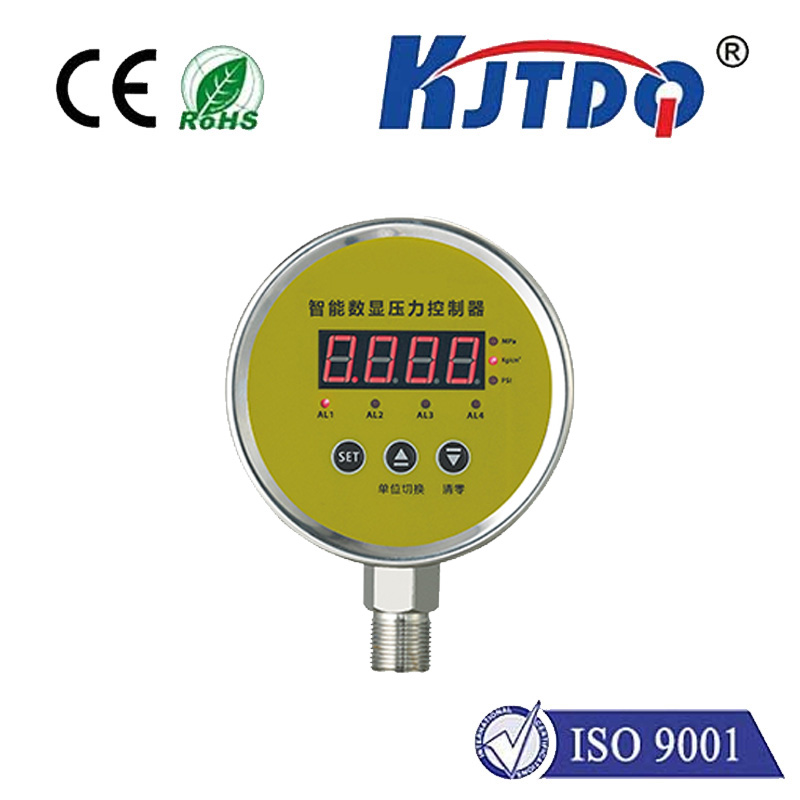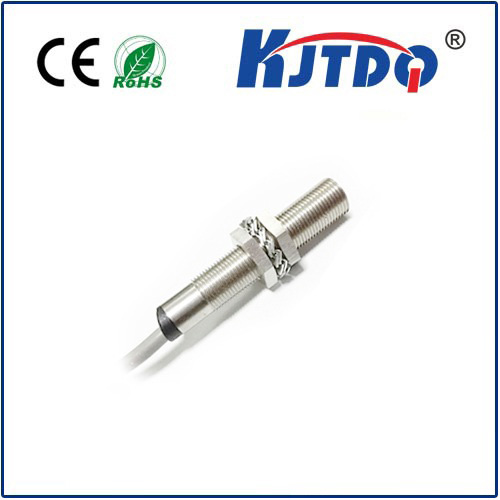

check

check

check

check

check

check

check

check

check

check
Reflective type sensors are a crucial component in modern technology, playing a significant role in various industries such as manufacturing, automation, and robotics. These sensors work by emitting light onto a surface and measuring the amount of light reflected back to determine specific qualities or distances. In this article, we will explore how reflective type sensors operate, their applications, and their advantages.
How Reflective Type Sensors Operate
Reflective type sensors use an emitter and detector to measure the amount of light reflected from a surface. The emitter sends out a beam of light that hits the surface and is then reflected back to the detector. The amount of light received by the detector is analyzed to determine the distance or presence of an object, as well as the surface's characteristics.
Applications of Reflective Type Sensors
Reflective type sensors have various applications, including:
1. Object Detection
One of the primary applications of reflective type sensors is detecting objects on a production line. They can identify objects based on size, color, or shape, which helps in sorting products efficiently.
2. Level Sensing

Reflective type sensors are commonly used for level sensing in tanks or containers to monitor fluid levels. They provide accurate readings without being affected by temperature changes or pressure variations.
3. Proximity Sensors
These sensors are used in automation systems to detect the proximity of objects, allowing machines to operate safely and efficiently.
4. Barcode Scanners
Reflective type sensors are also used in barcode scanners, which read information encoded into bars or other patterns on labels.
Advantages of Reflective Type Sensors
Reflective type sensors offer several advantages over traditional sensors, including:
1. Accuracy
Reflective type sensors are highly accurate, making them ideal for precise measurements and detecting small changes in surfaces or objects.
2. Versatility
They can be used in various applications across different industries due to their versatility and ability to work with different materials and surfaces.
3. Durability
Reflective type sensors are designed to withstand harsh conditions and high temperatures, making them suitable for industrial applications.
Conclusion
In conclusion, reflective type sensors are a vital component in modern technology and play a critical role in various industries. Their accuracy, versatility, and durability make them a popular choice for applications such as object detection, level sensing, proximity sensors, and barcode scanners. As technology continues to advance, it is expected that reflective type sensors will continue to improve and become even more essential in our daily lives.
